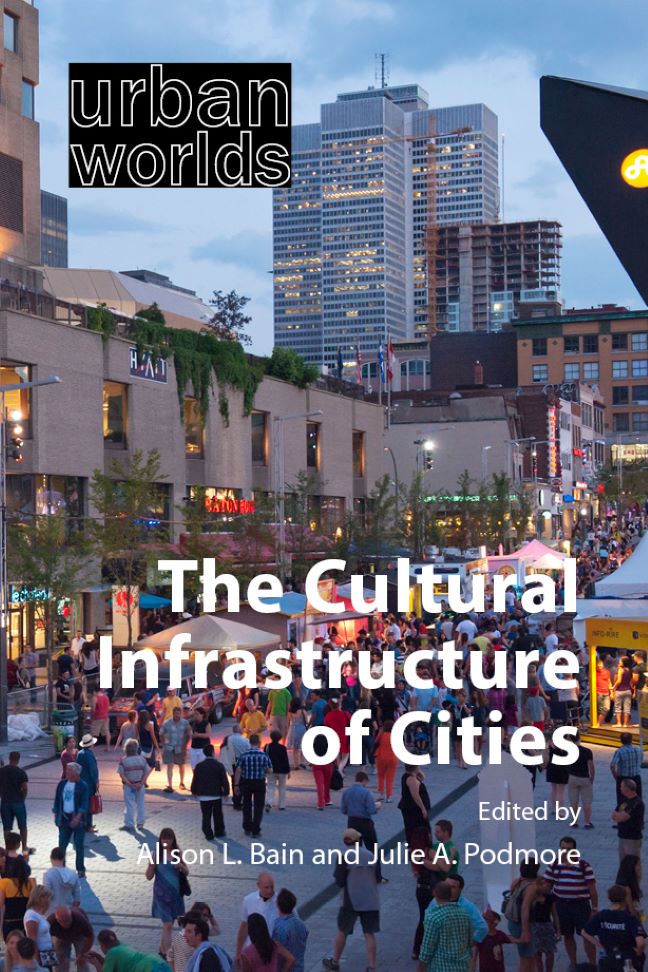1 - Introduction: configuring urban cultural infrastructure
Published online by Cambridge University Press: 23 January 2024
Summary
INTRODUCTION
Cities are works of art. They are imaginative objects. They have life forces of their own that bring into view colliding individual and collective needs and ambitions and “heterogeneous views of functions and requirements of administering, of instituting, and distributing resources” (Blum 2003: 5). As centres of commerce, transportation and government, where large numbers of people live and work, cities are dense gathering places, sites where cultures intersect and collide (Bain & Peake 2022). It is from the emblematic co-presence of strangers, social interactions and critical engagements that collective life is built through institutions, public spaces, workplaces and homes within neighbourhoods (Miles 2007). But that density also brings with it socio-political conflicts, inequality brought by struggles over resources and infrastructure, as well as the threat of terrorism and disease transmission (Anheier et al. 2021).
In recent years, the global Covid-19 pandemic has, within a short period of time, produced a counter to the historical role of cities as sites of population concentration and social interaction. It has spurred urban exoduses and the digitization of many urban education and medical institutions, workplaces and retail and entertainment environments. Through information communication technologies (ICTs), the domestication of urban social relations has intensified, potentially eroding and reconfiguring long-established public-private spatial binaries that inform the meanings of urban places and the social structures and morphologies of cities. While ICTs enable spatiotemporal transcendence, meaning that “fewer relationships or transactions require … copresence”, they also increase the capacity for centralized surveillance and social control from various corporate and state actors (Calhoun 1992: 221). A constrained urban public life is concomitantly the product of this dramatic and rapid reworking made possible by the continual malleability of the material and human cultural infrastructure of cities that are ever-open to such change.
Often treated as superficial in contrast with the frameworks of urban economies, material and human cultural infrastructure is what makes cities themselves archives and works of art. In their diversity and multiplicity, cities are also synonymous with the production and consumption of culture.
- Type
- Chapter
- Information
- The Cultural Infrastructure of Cities , pp. 1 - 28Publisher: Agenda PublishingPrint publication year: 2023



